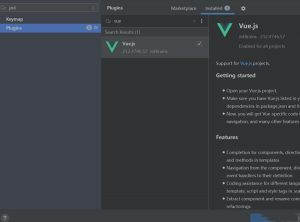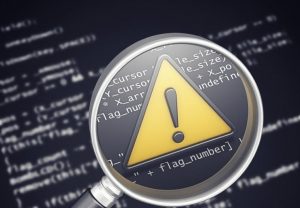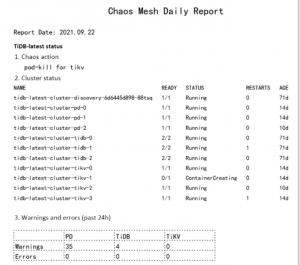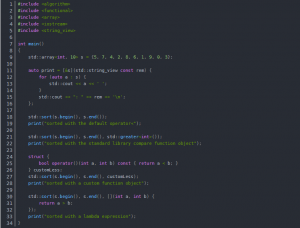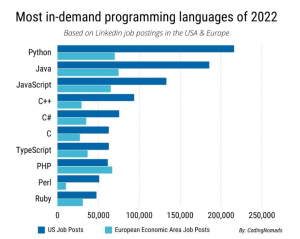
In the game test interview, sometimes you will encounter the problem of how to test the probability. For example, how to measure the probability of a lottery draw for an event? For example, after a boss is killed, there is a 1% probability that the material treasure chest will be dropped. How to measure it? There is a 20% probability that the material upgrade will fail to strengthen, how to measure it? After the equipment is strengthened, there will be a 5% probability that a critical strike will occur. How to measure? …
How to test the probability in the game?
The question of probability is always the same, after all, it is about the test method of probability. First of all, I don’t have the correct answer here, and I don’t know the correct answer. I just leave a reference. It’s up to you to understand how much or how to organize the language.
In our actual work, this kind of probability problem is actually not taken seriously. What is the difference between the 1% probability and the 2% probability? If you have a dark face, there is a 99% probability that you will be drawn for the 100th time, so I think the focus of asking this question lies in thinking.
How does it work in practice? For example, the probability of a jackpot on a turntable is 1%. How do we test it?
First of all, to see whether the function is normal, that is to say, can the prize be drawn normally. After trying to draw, I found that after drawing n times, I did win the jackpot, then we will consider the problem of probability later.
As for probability, it’s a bit metaphysics, but as long as it stays within a certain probability, it’s ok, and it doesn’t need to be so precise. For example, if you draw 10 times to win the big prize, draw another 10 times to pay the big prize, and then draw the big prize again 10 times, then this 1% probability is undoubtedly problematic.
What happens after a wild draw and instinctively can’t guess this 1% probability?
The easiest way is to look at the planning configuration table. Because in order to facilitate this probability function, the program will not do stupid things such as writing the probability of death, and planning does not agree, he will require the probability to be controllable, which means that the program realizes the probability function, and the planning can be based on the number in the table. Freely control the probability.
The advantage of planning to control the probability is that it can adjust the drop at any time, that is, the output. This is what numerical planning does. Small probability means high value and high benefit.
Come back to the configuration table. Since it is a configuration table, it must be a number in the field that can be filled in, that is, a number between 0-1. (In practice, the general probability denominator is 10,000)
Since the number is designed, we can test by the boundary value method for our test, one is 0, you can’t draw the big prize no matter how you draw; one is 100, just draw the big prize; the other is 50, draw The probability of medium and non-compliance is mixed. I believe that by changing the configuration probability, you can know that the probability program of this function is correct.
Now that the procedure is correct, we only have to check the planning configuration table. You said that the probability is 1%. I think your configuration indicates that it is 2%. Although the difference of 1% may not be obvious, the evidence left by your configuration shows that the probability does not meet the requirements. In other words, the plan is Fudge me.
Okay, this is my answer.
